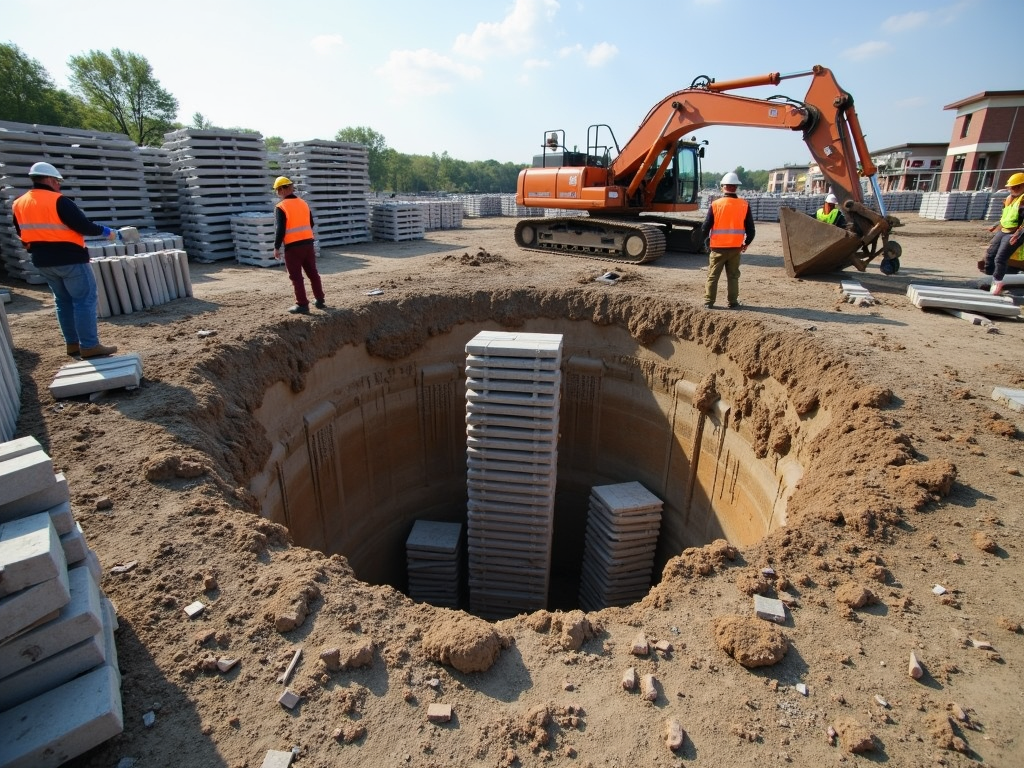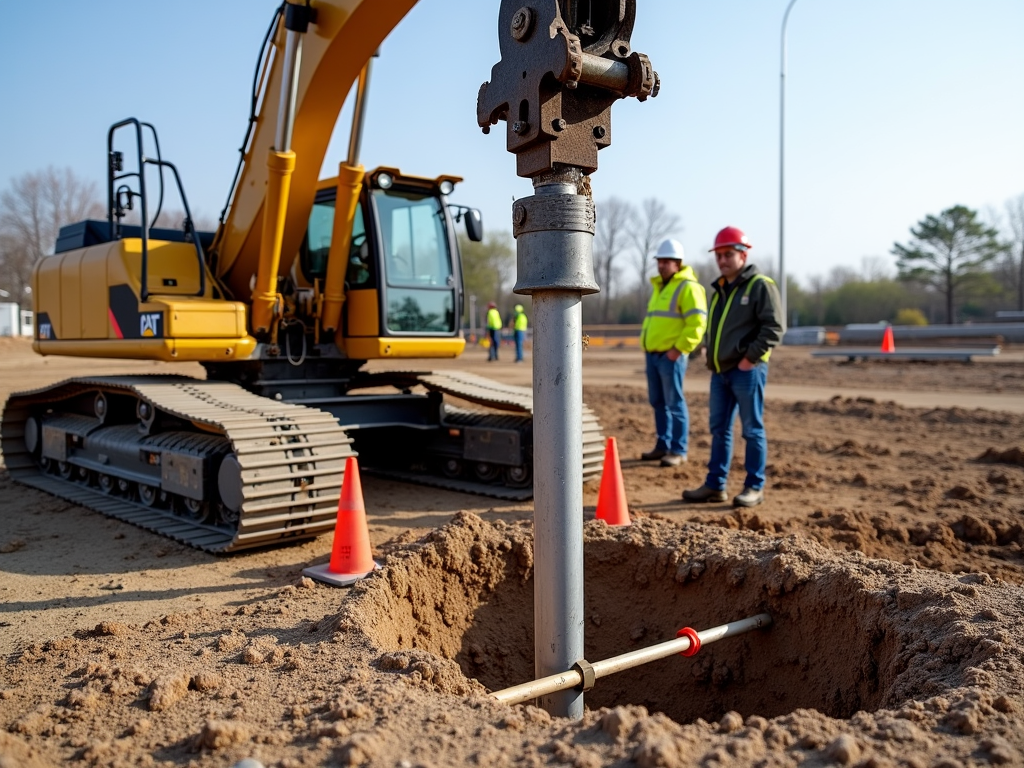Geotechnical Engineering Tutorials for Civil Engineers: A Comprehensive Guide
Geotechnical engineering is a key part of civil engineering. It focuses on how soil and rock behave under different conditions. This article offers tutorials on soil testing, foundation design, and slope stability analysis. These skills help civil engineers build safe, strong structures that last.
Understanding Geotechnical Engineering
Geotechnical engineering studies earth materials like soil and rock. Civil engineers use this knowledge to design things like foundations and retaining walls. It’s all about making sure structures stay stable. Without it, buildings could sink, tilt, or even collapse. That’s why geotechnical engineering tutorials for civil engineers are so valuable—they teach you how to get it right.

Soil Testing: Where It All Starts
Soil testing is the first step in geotechnical engineering. It tells you what the soil is made of and how strong it is. This info is critical for designing anything that sits on the ground. Here are some common tests:
- Grain Size Analysis: Checks the size of soil particles. Smaller particles mean less strength but more water retention.
- Atterberg Limits: Measures how soil acts when wet or dry. This helps predict if it’ll hold up under a building.
- Compaction Tests: Shows how dense you can make the soil. Denser soil supports more weight.
I once tested soil for a school project. The results showed loose sand, so we had to adjust our plans. That’s why testing matters—it saves time and prevents problems.
Foundation Design: Keeping Structures Steady
Foundation design keeps buildings from sinking or shifting. It’s a big deal in geotechnical engineering. You need to think about a few things:
- Bearing Capacity: How much weight the soil can handle. Too little, and the foundation fails.
- Settlement: How much the ground might sink over time. Too much, and walls crack.
- Footing Calculation: Figuring out the size of the base. Bigger footings spread the load better.
I worked on a house foundation once. The soil was soft clay, so we used deeper footings. Simple footing calculation made all the difference—it stayed solid for years.

Types of Foundations
There’s more than one way to build a foundation. Here’s a quick table to break it down:
| Type | Best For | Pros |
|---|---|---|
| Shallow Footings | Firm soil | Cheap, fast |
| Deep Piles | Soft or loose soil | Strong, stable |
| Mat Foundations | Heavy buildings | Spreads load evenly |
Choosing the right one depends on the soil and the building. That’s where geotechnical engineering tutorials for civil engineers come in—they guide you through the process.
Slope Stability: Stopping Slides Before They Start
Slopes can be tricky. If they’re not stable, you get landslides or erosion. Geotechnical engineering helps figure out how to keep them in place. Two main ways to check stability:
- Limit Equilibrium Method: Compares forces holding the slope up to ones pulling it down.
- Finite Element Analysis: Uses computers to model the slope and spot weak points.
I once stabilized a slope near a road. We added a retaining wall after testing—it’s still standing today. Small steps like that can prevent big disasters.

Real-World Lessons
Geotechnical engineering isn’t just theory—it’s practical. Here’s what I’ve learned:
- Test Every Time: Soil changes from spot to spot. One test isn’t enough.
- Mix Your Methods: Use more than one way to analyze. It’s like double-checking your work.
- Keep Learning: New tools pop up all the time. Staying sharp keeps you ahead.
These tips come from years of trial and error. They’re simple but make a huge difference on the job.
Why This Matters
Every building, road, or bridge starts with the ground beneath it. Geotechnical engineering tutorials for civil engineers give you the tools to understand that ground. Soil testing spots risks. Foundation design keeps things steady. Slope stability stops collapses. Together, they ensure projects succeed—not just today, but for decades.

Wrapping Up
Geotechnical engineering is the backbone of safe construction. This guide walked you through soil testing, foundation design, and slope stability analysis. With real examples and hands-on tips, you’ve got a solid start. Keep practicing, and you’ll build skills that last a career.
Want to dive deeper? Check out the recommended readings below.





